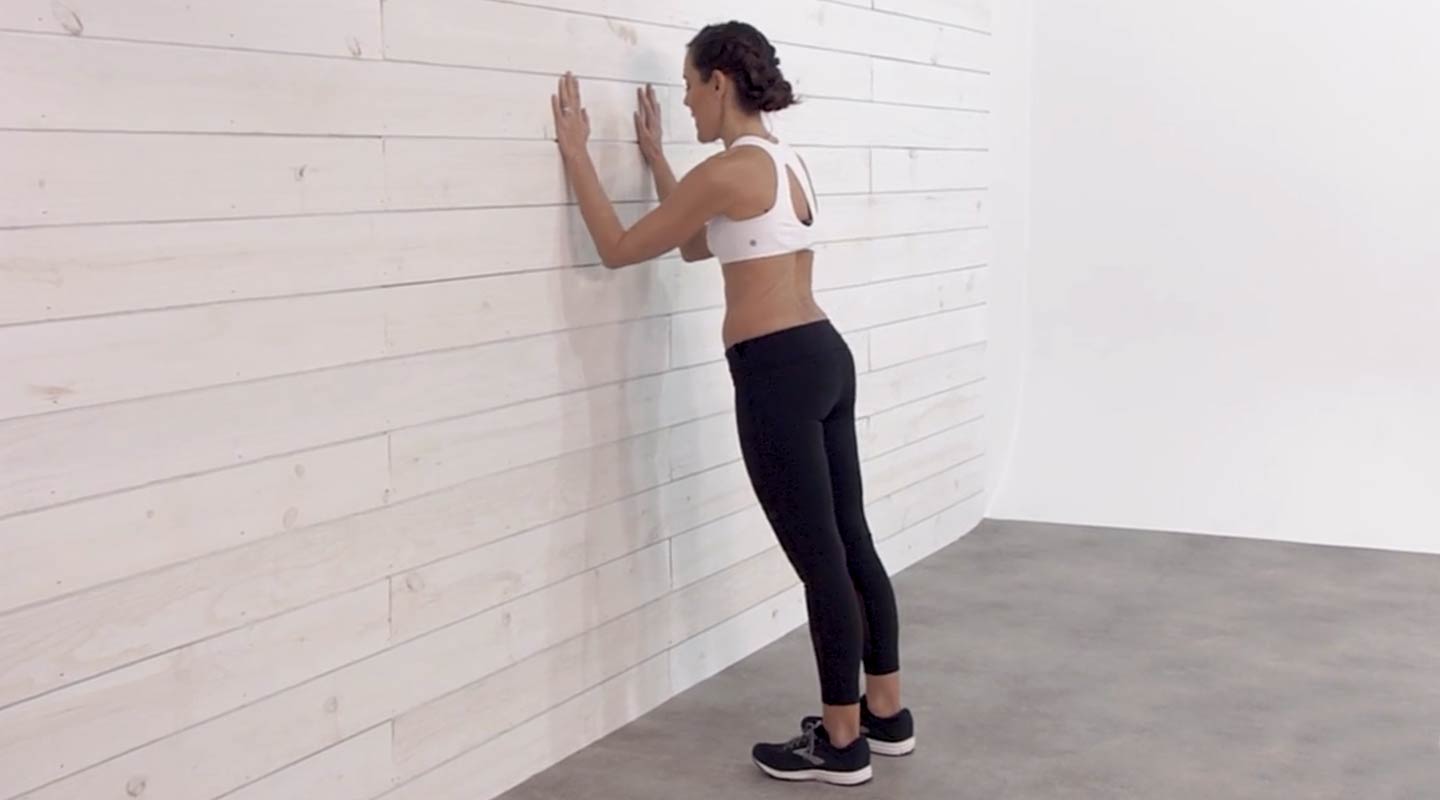
“I have diastasis recti. Can I do planks?” I’ll admit, it’s a gray answer: it depends.
Progression of a plank should be made with caution and only after you can successfully perform specific transverse abdominis activation without exacerbating the diastasis. We cover this extensively in our Diastasis Recti program.
FIRST, if you are following our Diastasis Recti program, you need to have mastered our foundation core workouts. The cues should come easier, almost second nature.
If you are working with a physical therapist and/or have been working with a moderate to severe abdominal separation, planks are not recommended until a medical professional has tested your core strength and separation.
SECOND, you should be able to say yes to all of the following:

As your diastasis gets smaller, you can start incorporating longer (>10 seconds) plank holds. This is done for you inside of our Diastasis Recti program. Our workouts are corrective — I am always giving you cues to activate the TA or pull in your belly tissues or brace before twisting.
When you are ready (you’ve said YES to the bullet points listed above), start in a quadruped position as shown in the video below. Slowly work up to a modified plank. The focus of treating diastasis recti should always involve re-education of the core muscles to allow for optimal function and load transfer in functional positions and activities.
If you have a weak core and abdominal separation, there are specific activities you should avoid until you properly rehab and create integrity in your core. In general, loading of the rectus abdominis, twisting of the trunk, traditional core exercises like sit ups and crunches, planks, and heavy lifting are contraindicated (not recommended). That said, this condition is unique to each individual.
If you’ve had prior transverse abdominis training or diastasis recti rehab, you know how to cue the TA during exercise. Therefore, you should be able to progress a little quicker. Again this is unique to each individual, and those with a moderate to severe case should be working with a physical therapist.
Keep in mind, it’s not just the half hour of exercise that matters … it is the other 23.5 hours a day that count (posture, picking up kids, twisting, etc.). Cue your TA to activate in these positions as well!
In the past, plank exercises have been considered contraindicated in individuals with diastasis recti. However, a recent study by Walton 2016, found that a specific abdominal stabilization exercise program that included a traditional prone on elbows plank with the use of abdominal bracing was effective in reducing DR in individuals who were 3 – 36 months postpartum with presence of diastasis recti.
It should be noted, the control group that included an abdominal crunch with bracing and had a more significant improvement in inter-recti distance than the experimental group that included a plank. It was concluded that although the control group demonstrated a greater reduction in inter-recti distance, the women in the experimental group did not have adverse results with incorporating a traditional plank exercise. The inclusion of a plank exercise should be closely monitored to ensure proper transverse abdominis activation and limit strain through the linea alba and rectus abdominis.